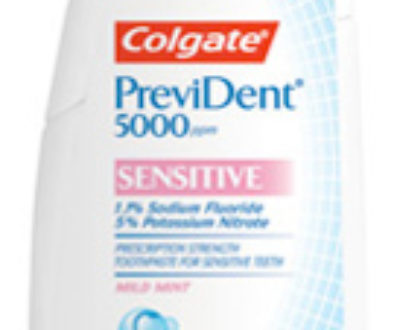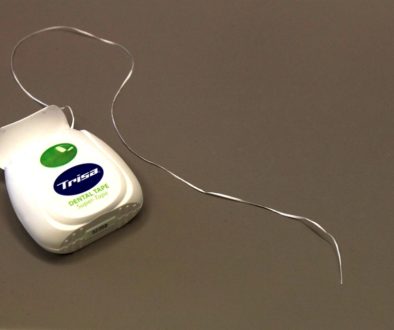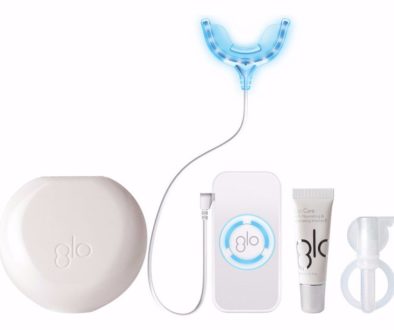Is Homemade Toothpaste A Good Idea?
 You can find just about any food or consumer product in a natural or organic version nowadays. If you’re willing to put in some more work, you can even find homemade DIY recipes for all of these things too. I’ve seen everything from soap, to lip balm, to natural laundry detergents. Many of these are really good and avoid the harmful chemicals and additives present in many consumer products. Lately, I’ve been seeing recipes for homemade toothpaste pop up on Pinterest and some dental related websites. You might be wondering if this is something you can make yourself. Save a little money and avoid chemicals… right?
You can find just about any food or consumer product in a natural or organic version nowadays. If you’re willing to put in some more work, you can even find homemade DIY recipes for all of these things too. I’ve seen everything from soap, to lip balm, to natural laundry detergents. Many of these are really good and avoid the harmful chemicals and additives present in many consumer products. Lately, I’ve been seeing recipes for homemade toothpaste pop up on Pinterest and some dental related websites. You might be wondering if this is something you can make yourself. Save a little money and avoid chemicals… right?
Before we tackle that, let’s look at the actual function of toothpaste.
- It’s primary function is to reduce cavities! It accomplishes this through fluoride. Your teeth need that contact with fluoride toothpaste several minutes each day to get the maximal effect. You ideally want two minutes of contact twice a day.
- Secondarily, toothpaste is made to clean and polish your teeth. The abrasiveness of the toothpaste in combination with brushing is what accomplishes this. It takes a good two minutes to really brush them well.
- A third function (that isn’t always present) is to reduce the level of bacteria in your mouth. Some toothpastes do this by adding triclosan.
- It’s last function is to freshen your breath.
A homemade toothpaste can really only accomplish two of the four above. I think losing the fluoride component is a big deal. Adding fluoride to your daily brushing routine can easily reduce the number of cavities you develop by 20-40% depending on the fluoride strength. This is all from using a topical formulation of fluoride toothpaste that doesn’t expose you to the full body effects of fluoride in the water. I’m a big proponent of fluoride in toothpaste, but not of fluoride in the water. You can read more about that in my other article.
A second consideration…
Before the last several hundred years, toothpaste didn’t even exist! Did this mean people’s teeth were rotting out at an early age and they had terrible breath?
Sure, some people had rotten teeth and toothaches before toothpaste. It didn’t occur at the rate you’d think though. So why is this? Processed sugars have a big part in it. Before the industrial revolution, people simply didn’t have access to the processed sugars and carbohydrates that they do today. Streptococcus mutans is the primary bacteria in your mouth responsible for cavities. It likes to feed on sugar and it produces acid as a byproduct. It is actually this acid that breaks your teeth down. If aren’t consistently snacking on or drinking sugars, the bacteria won’t have anything to feed on, the acid won’t be produced, and cavities won’t form. This is why cavities weren’t a problem for most of human history.
From a tooth cleaning perspective, chewing fibrous foods such fruits and vegetables actually helps clean your teeth. Again, there weren’t all these processed sugars and sticky additives in foods before the industrial revolution. Your tongue, cheeks, and saliva, are all there to help keep your teeth clean even without a toothbrush.
So what does all this tell us?
If you’re going to eat the way most people eat today, you are going to need some extra help keeping your teeth clean and protecting them. They simply can’t stand up to our “modern” diet. This means that you need a toothpaste that is mildly abrasive (but not too much so), has a good proportion of fluoride for optimum cavity fighting abilities, and helps reduce bacteria in your mouth.
We have to use an unnatural toothpaste because our diet today is also unnatural.
Your other option is to radically change your diet. That means no sodas, no processed sugars, no processed carbohydrates and no grazing on food throughout the day. This is the only situation in which I would recommend you switch to an entirely “natural” toothpaste. The only thing you need out of toothpaste in this case is it’s ability to clean off your teeth and give you fresh breath.



